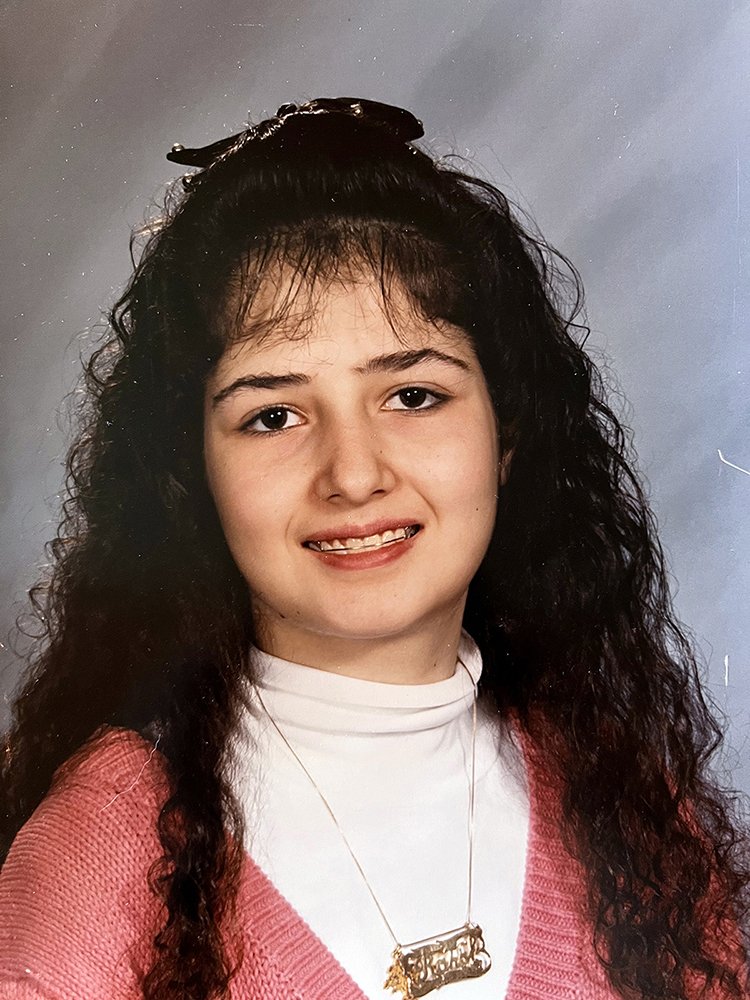Key Takeaways
- Students do better in school when their cultures and backgrounds are recognized.
- Culturally responsive teaching helps to affirm and support students.
- Learn how to create an inclusive classroom and more.
Like many educators, Rahaf Othman knew from an early age that she wanted to grow up to be a teacher. “I used to play school with my younger siblings. I always had to be the teacher and they the students,” she fondly recalls. She also loved learning about the world around her.

But her love of learning was almost jeopardized after a classroom lesson went amiss. Othman’s fifth grade teacher gave students an assignment to select and research a country of their choice and present their findings to the class.
“I was born in Palestine. We immigrated to the United States as refugees—that's my history … and I was excited to share it,” she says. “I said to my teacher, ‘I want to do my presentation on Palestine.’ She looked at me compassionately and said, ‘Sweetie, Palestine doesn't exist. Do you want to do it on Israel or someplace else?’
“That conversation broke me,” shares Othman, adding that her grades went from passing to failing. She shut down, stopped caring about school, and was filled with questions about her identity.
She remembers thinking at the time, “If my teacher doesn't recognize where I'm from and doesn’t recognize my background—doesn’t see me—who am I?”
The following year things turned around for Othman. What made the difference?
“The teacher asked me where I was from, and I told her Palestine. She embraced it! She asked me to share with my classmates about [my homeland] and bring in artifacts and talk about them,” she says. “She completely rejuvenated me as a person and my education.”
She started to care about school again and went back to earning good grades and making honor roll.
Today, Othman is a 26-year veteran educator who teaches high school social studies in the southwest suburbs of Chicago, Ill.
While this incident in her fifth-grade classroom happened in the late 1980s, Othman says it’s common for Palestinian students today to encounter a similar experience.
Why Cultural Competence is Important
The southwest suburbs of Chicago have a large Palestinian American population, according to a report from the U.S. Commission on Civil Rights. And despite their long history in the Chicagoland area and growing numbers, Othman shares that parents in neighboring school districts have “come to me complaining that their children’s geography class teachers are telling students Palestine does not exist,” she says. “It’s heartbreaking.”
More awareness of the Palestinian community is needed, and students need to feel affirmed and supported, adds Othman.
Culturally responsive teaching can help. An established body of research affirms what educators have long known: A culturally responsive and racially inclusive education benefits all students—it’s the most effective pedagogical approach, too.
Among the findings, these studies show that students who participate in a curriculum that is culturally responsive and racially inclusive are more academically engaged, perform better academically, and graduate at higher rates.
“When students know they belong in schools and are welcomed, it raises their morale. It motivates them to want to learn,” says Othman. “I have students that do not like social studies—I get that. But they do their best and walk away with [good grades] because they know they're valued in my classroom for who they are.”

Small but meaningful actions can also help, such as adhering a sticker of a Palestinian flag to a classroom door. Educators can plan a school or classroom cultural celebration where students can share information about their culture, traditions, and foods.
Create an Inclusive Classroom
Educators believe that every student—Black and brown, Native and newcomer, Asian and Latino, or Palestinian—deserves a welcoming and inclusive school where they can feel seen in their lessons and thrive. This can be a challenge for Palestinian students looking to have their experiences recognized, which is why cultural competence is important for them, and all students.
Susan Lafond is a former world language and English as a New Language teacher, as well as a National Board Certified Teacher. She currently works for NYSUT (New York State United Teachers Association), creating and organizing professional development related to English language learners and offers the following pointers to help create an inclusive classroom for all students:
Incorporate culturally diverse contributions, experiences, and perspectives into the classroom.
- Be willing to share power in the classroom and allow students’ voices to be part of decision-making.
- Recognize that students’ lives go beyond the four walls of the classroom by encouraging strong relationships between students’ families, the school, and the greater community.
Meet grade-level standards, while providing a balanced study of cultural contributions and perspectives and engagement in social justice work.
- Design lessons to consider students’ backgrounds, social experiences, prior knowledge, and learning style. Doing this entails familiarity with your students and their backgrounds. Assist students in accessing a challenging curriculum by modeling skills to provide a concrete example.
- By scaffolding content and language, teachers can bridge the gaps between what students know and can do and what they are expected to know and do.
- Before you can create an equitable classroom climate, you must take time to understand your own cultural identity and cultural behavior—and the impact they have on your attitude and actions at school. This is not easy as it entails being a reflective practitioner and recognizing your own biases and inequitable action.
- Be sensitive to differences in others. This provides an opportunity to step back before passing judgment. The most important lesson you can model for your students is to be understanding, open, honest, caring, and forgiving of yourself and others.
Download NYSUT’s (New York State United Teachers) full report on “Being a Culturally Responsive Teacher: Celebrating Diversity in Our Schools” at bit.ly/Culturally ResponsiveReport.
Learn More






